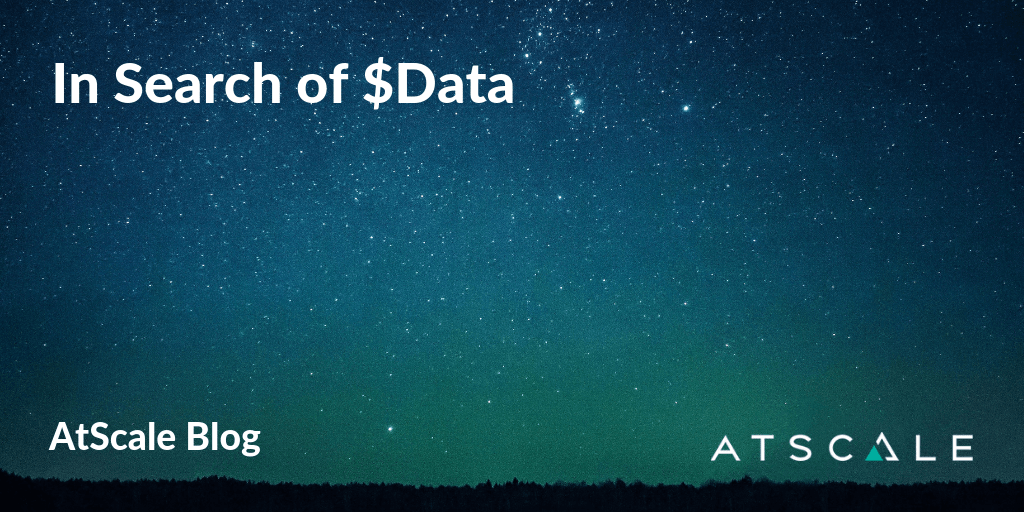
It’s been an incredible week for consolidation in the pursuit of analytical excellence. Google acquired Looker for roughly $2.6B, and today Salesforce acquired Tableau for nearly $16B. Today’s move is the combination of two juggernauts in their respective markets. Salesforce created the contemporary CRM market while Tableau is credited with leading the “storytelling with data” movement within the self service analytics market.
The interest in Tableau is quite clear. Salesforce has owned a portion of an enterprise’s data for some time and as of late, established more of a presence in the application stack (see Mulesoft acquisition). Integrating the B.I. stack natively into Salesforce’s existing platform creates synergies across the board. Additionally, Salesforce has done well with larger acquisitions. Many would agree that innovation and development have skyrocketed in the months and years that have followed. There are a number of other assets within Salesforce that are synergistic. Einstein is one that comes to mind. With Einstein’s ability to embed A.I. capabilities within both Salesforce’s CRM data and now enterprise visualization, A.I. and Machine Learning suddenly become more mainstream for their shared customers.
At AtScale, we are very excited about this news as it further demonstrates the importance of AtScale’s architecture and opportunity in the analytics market.
Our early decision to support customers’ visualization tools and data platforms of choice has rewarded us handsomely. As an example, AtScale’s universal semantic layer and multi-dimensional modeling allows customers to seamlessly adopt emerging analytics architectures involving hybrid cloud, multi-cloud, and on-prem derivatives. Many of these architectures will be born out of acquisitions like Salesforce’s of Tableau or Google’s of Looker.
When thinking about the new Salesforce + Tableau stack, the only thing that’s missing is an enterprise’s data. Yes, the data! Of course you have the CRM (and in some cases application data) within Salesforce. Now imagine what you could do if you could virtualize the semantic layer and provide access to ALL of an enterprise’s data – no matter where it lives or how it is stored.
Welcome to the power of AtScale.
SHARE
Guide: How to Choose a Semantic Layer